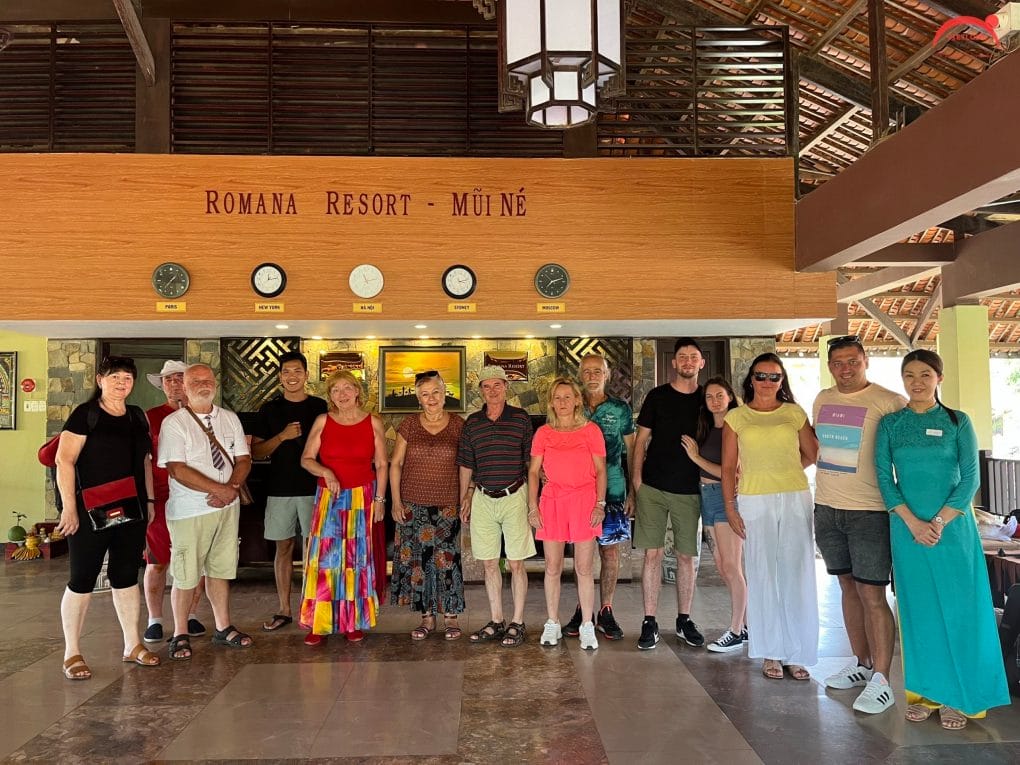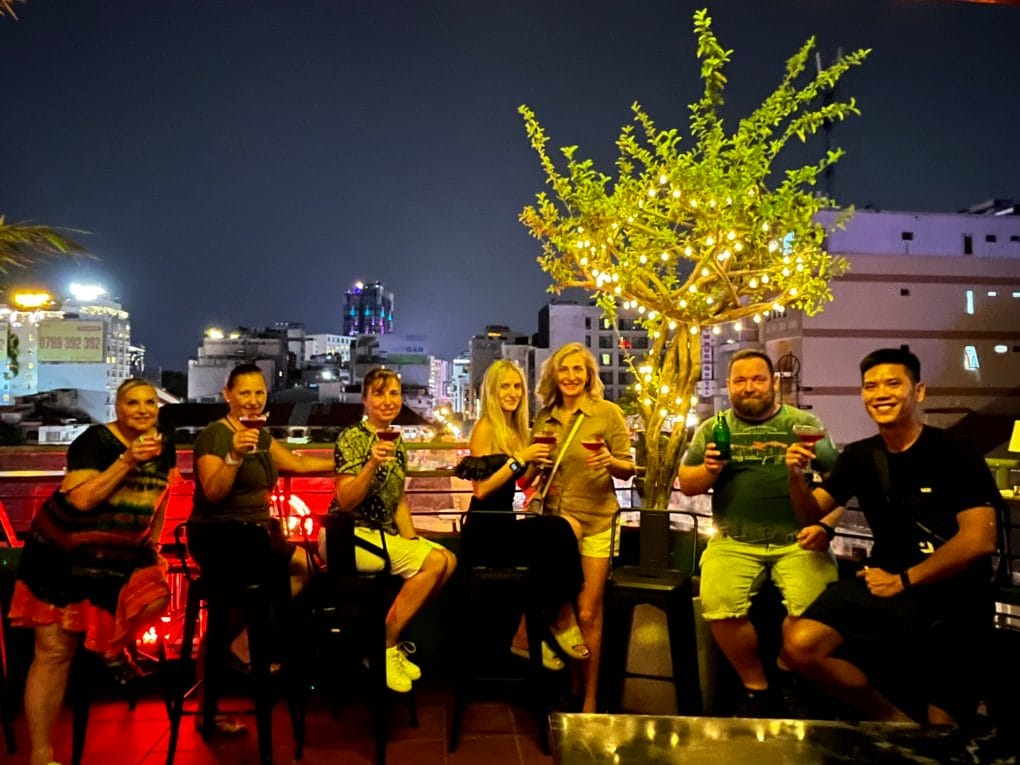The proposed marine protected area of Hon Cau-Vinh Hao is a total of 12,500 ha, with a marine component of 12,390 ha and a terrestrial are of 110 ha. The area is centered on Cu Lao Hon island (also known as Cu Lao Cau island). Cu Lao Hon is a low, granite island, about 150 ha in area, situated in Ca Na bay, about 10 km off the coast. Cu Lao Cao island is characterised by rocky outcrops, with sandy beaches on the north and south sides. The highest point on the island is 27 m. Hon Cau-Vinh Hao proposed marine protected area is a very important site for coral reef conservation. The deepest point of the marine environment of Hon Cau-Vinh Hao is 17 m below sea level. Fringing coral reefs can be found around Cu Lao Hon island and platform reefs on submerged banks. The reefs are pristine, with an average cover of 43%. This site supports the highest diversity of hermatypic corals known in Vietnam. There are more than 65 genera of coral known here, including Acropora, Goniopora, Montipora, Porites, and Favia. There is also a small area of seagrass beds. Sea currents from the north and south converge near Hon Cau-Vinh Hao, with strong upwelling. The area has high productivity, with 175 phytoplankton species, 163 seaweed species, 147 coral species, 80 mollusc species, 46 crustacean species, 26 echinoderm species and 211 fish species so far recorded here. Ba Trao festivities on the island celebrate the whale god every year, on the full moon of the fourth lunar month. In the early 17th century, the Cham people built a temple to worship the goddess Ana, on nearby Hon Ba (Lady’s Island). Every year, on the 23rd day of the third lunar month, Ana’s birthday is celebrated by the Cham, which is called “The Lady’s Day.” The nearby village of Ca Na is very poor and subsits on fishing, shrimp farming and salt production. The major environmental threat to Hon Cau-Vinh Hao is unsustainable exploitation of marine resources, including destructive fishing practices such as dynamite fishing and trawling. The waters around Cu Lao Hon island are an important fishing ground for fishermen from Binh Thuan and neighboring Ninh Thuan provinces. The area is a breeding ground for anchovy and a nursery for other economically important marine species.
You May Also Like
How to plan a perfect Family Holiday to Vietnam
Are you trying to plan an enjoyable, instructive, and unforgettable family vacation? Do you wish to travel to a nation…
A Family Holiday in Vietnam and Cambodia – All you need to know
I. Perception of a Family Vacation? A family vacation is a trip taken by members of a family unit, typically…
What is the cost of a 12-day Vietnam Cambodia Family Holiday roughly?
Embarking on a family tour to Vietnam and Cambodia is an exciting and enriching experience that offers a wealth of…
Why to book a Vietnam Cambodia Family Holiday via Local Agents?
When planning a family holiday to Vietnam and Cambodia, one of the most important decisions you’ll make is how to…
How to plan a flawless Family vacation to Vietnam and Cambodia?
Embarking on a family vacation to Vietnam and Cambodia is an exciting and enriching experience that offers a wealth of…
Why a Family Vacation to Vietnam and Cambodia?
Embarking on a family tour of Vietnam and Cambodia is an enriching and transformative experience that offers countless benefits for…






